In this implementation I will use two windows server 2008 R2 Enterprise virtual machine nodes running on Hyper-V environment, connected to windows storage server 2008.Each VM has one NIC, it’s recommended to add an additional virtual network adapter dedicated to the iSCSI traffic, but I will use just one NIC in each VM to hold all traffic because my implementation will be in a test environment.
o Configure the iSCSI Shared Disk:
To configure the iSCSI storage system using windows storage server, iSCSI initiator and iSCSI target are the two components need to be configured to prepare the shared storage. iSCSI initiator is a software component that enables connection of a windows machine to an external iSCSI storage over TCP/IP. It is required to be configured in each virtual machine to access the iSCSI target which will be installed on windows storage server.
Firstly we have to join all the three machines to the domain, my domain name is sartawi.net.
o Install iSCSI target on windows storage server 2008
To download windows storage server 2008 (WSS) you have to have user name and password on MSDN or TechNet Plus. After installing the WSS you need to download and install iSCSI Target software on WSS.
§ To install the iSCSI Target, double click on the setup file, Next …
§ Accept the End User License Agreement, and then click Install.
§ To open the iSCSI Target console, go to start > Administrative tools >Microsoft iSCSI Software Target.
I will return back to this console after initiating the connection by iSCSI Initiator configuration.
o Configure iSCSI Initiator
As I mentioned before , iSCSI Initiator is required to enable the connection to the iSCSI target over TCP/IP, its embedded in windows vista, windows 7, windows server 2008 and windows server 2008 R2, but in case of windows server 2003 or earlier you have to download it.
Go to Start >Administrative Tools > iSCSI Initiator
§ You will be asked if you need to make the iSCSI service start automatically, click yes.
§ Then the iSCSI Initiator page will be opened.
§ Go to the Discovery tap, and click on the Discover portal.
§ Enter the iSCSI target IP, keep the default port as it is.
Note: Make sure to add this port to the exception list on windows firewall on all machines.
§ Now we will go back to the iSCSI Target, go to Start > Administrative tools > Microsoft iSCSI Software Target
§ Right click on iSCSI Target, and choose Create iSCSI Target.
§ The following welcome screen will appear, click Next.
§ Name the iSCSI Target, and give a description, then click Next.
§ Now you have to select the iSCSI Initiator identifier, click on Browse and select the initiator identifier, we need two because we are going to implement a Failover cluster, so the storage should be shared. You will see two iSCSI Initiator Identifiers, because we configured two iSCSI Initiators in two VMs.
§ Select the first Node identifier and click OK, the second identifier will be selected after the wizard completion. Then click Next.
§ To add the second Node identifier, right click on the Target name (TG1), choose properties.
§ Go to the iSCSI initiator tap, the only one selected Node1 identifier is appeared, to add the second identifier click Add.
§ Browse to select the Node2 identifier, you can specify the identifier type, it could be by IP address or by DNS, I will use the IQN (iSCSI Qualified Name), select Node2 identifier and click OK.
§ Now the two initiators are appeared here, also you can add other identifiers if you have extra VMs you need to add them to the shared storage.
o Creating Virtual Disks
For a two-node failover cluster, the storage should contain at least two separate volumes (LUNs) Logical Unit Numbers, configured at the hardware level. One volume will function as the (witness disk) which holds a copy of the cluster configuration database and the others contain the shared data.
To create virtual disk which is acting as LUNs, right click on the created target and choose Create Virtual Disk for iSCSI Target.
§ Create virtual disk wizard will start. Click Next to continue.
§ Type the path where the new VDisk will be created, then click Next.
§ Specify the disk size, description and complete the wizard.
§ Repeat the Create Virtual Disk wizard to create another virtual disk.
o Configuring iSCSI Initiator Target
Before iSCSI Target configuration, there no any target was appeared here, to connect with the target click on Quick Connect.
§ Then status will be changed to Connected.
§ And also if you have gone to the Favorite Targets tap, you will see our Target listed there.
o Preparing the Volumes
In the Disk Management in each VM you need to prepare the new volumes.
§ On the Node1 right click on the new disk and make it online by right click on the disk then choose online.
§ The second step is to initiate the disk, to do that right click on the disk and click on initiate Disk.
§ Now you need to select partition style (MBR or GPT).MBR style is commonly used for small partitions, GPT style is used for partitions larger than 2TB.
§ Start the New simple volume wizard by right click on the disk and choose New Simple Volume.
§ Go with new simple volume wizard, specify the size, assign the drive letter and format the volume.
§ Repeat the New Simple Volume Wizard for the second disk, after finalizing the wizard, you will have two shared disks.
o Adding Failover Cluster Feature to the two Virtual machines.
§ To install Failover Cluster Feature, go to Server Manager > Features > Add Feature
§ Choose the Failover Clustering Feature, and click Next.
§ Click install to start the feature installation.
§ Click close to complete the installation.
§ Open the Failover Cluster Manager.
§ Before configuring the cluster we have to make a validation test to test hardware and software compatibility for the Failover cluster, to start validation test, in the right pane of the console click on Validate a Configuration, then click Next.
§ Select the servers will be part of the cluster, click Brows >Add the servers then click Next.
§ Specify the test type you need to apply, its recommended to Run all tests, then click Next.
§ Click Next to start the validation.
§ After completing the validation test, report will be shown; you can click view to see it as a web page.
§ All the configuration passed, so we can start creating the cluster, by click on the Create Cluster on the right pane of the Failover Cluster Manager page, then click Next.
§ As we did on the validation phase, select the cluster members, and then click Next.
§ Type the Name and the IP address you want to use for the cluster, then click Next.
§ You will be asked to confirm your configuration, click Next.
§ The creation of the cluster has done successfully, click view to see the report, otherwise click Finish to complete the wizard.
§ If you click on the cluster name on the left pane, you can see the summery of cluster configuration.
§ Click on the Nodes on left pane, you will see the two member Nodes and their status.
§ Click on the Cluster Network to see the status of Network Connections and their owners.
§ If click on the Storage , you can see a summary of the disk status.
§ To test the Failover Cluster, turnoff the Node1, you will notice that the disk ownership will be moved on to the Node2.
Resources:
http://technet.microsoft.com/en-us/library/ff182326(WS.10).aspx

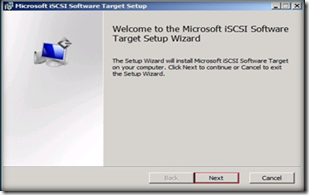



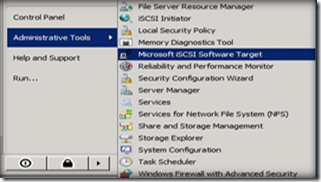



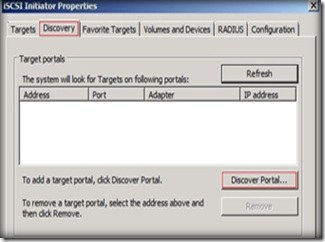
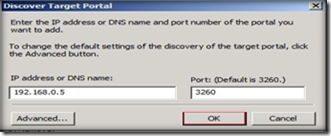

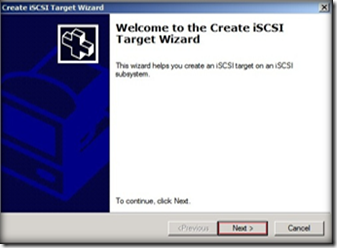
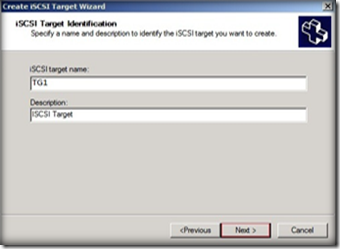
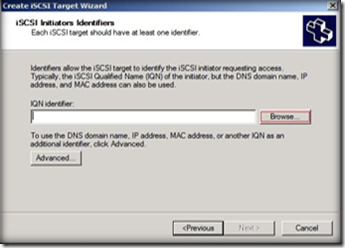

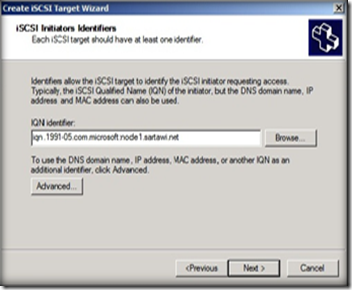




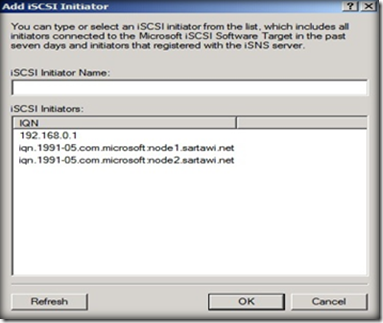

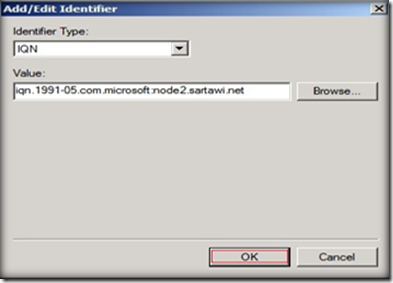
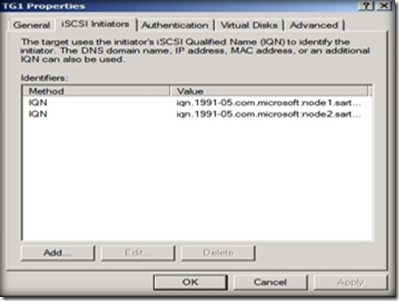
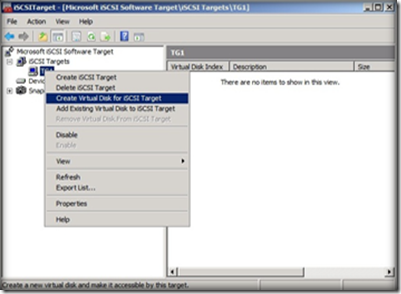



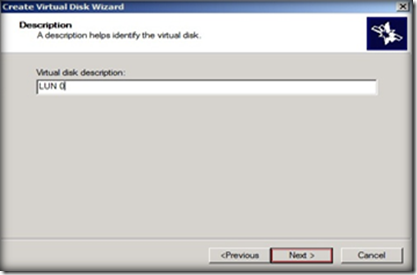




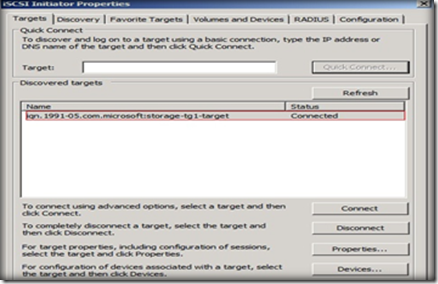





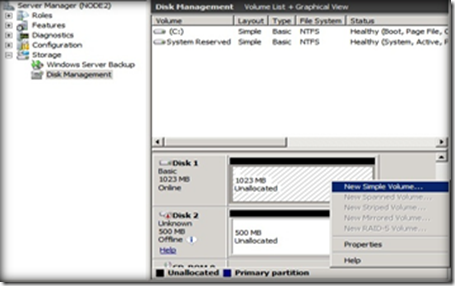







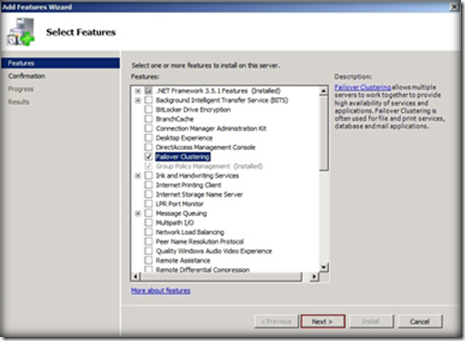






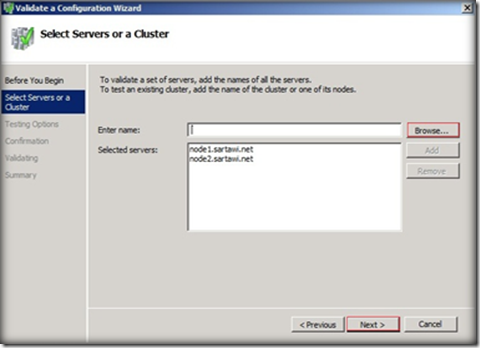






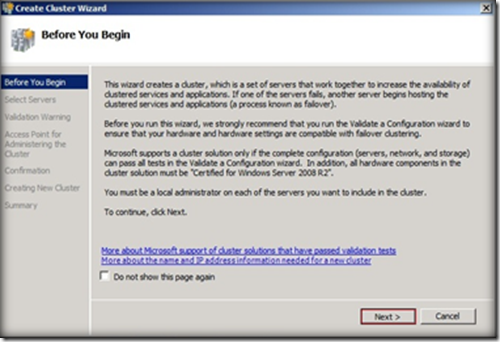

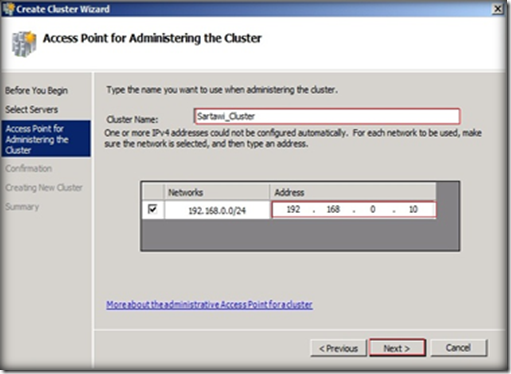

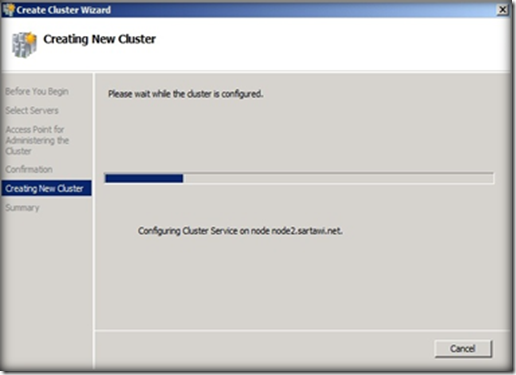
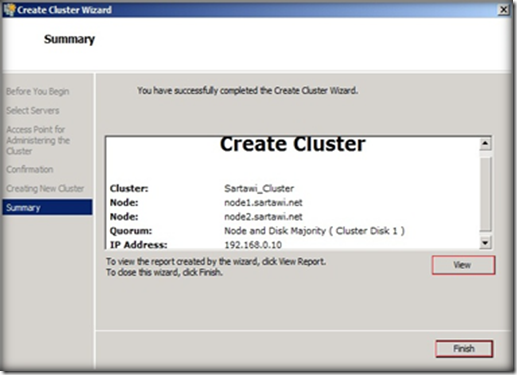



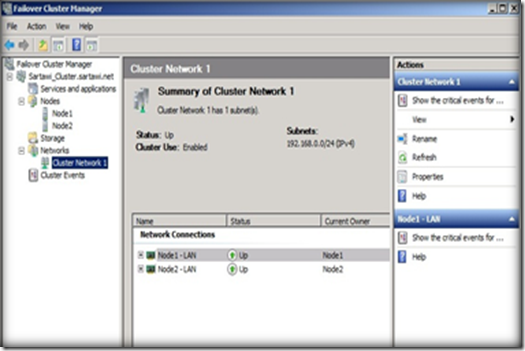



June 15, 2011 at 2:43 am
[…] OUT : https://mohsartawi.wordpress.com/2010/05/25/implementing-a-virtual-machine-failover-cluster-with-wind… for a great step-by-step […]
April 24, 2012 at 8:54 pm
Great article, thank you for this lovely accurate instructions. Thanks.
July 6, 2012 at 7:54 pm
The best article on Cluster failover, Short, crisp and bang on it…
Thanks a ton